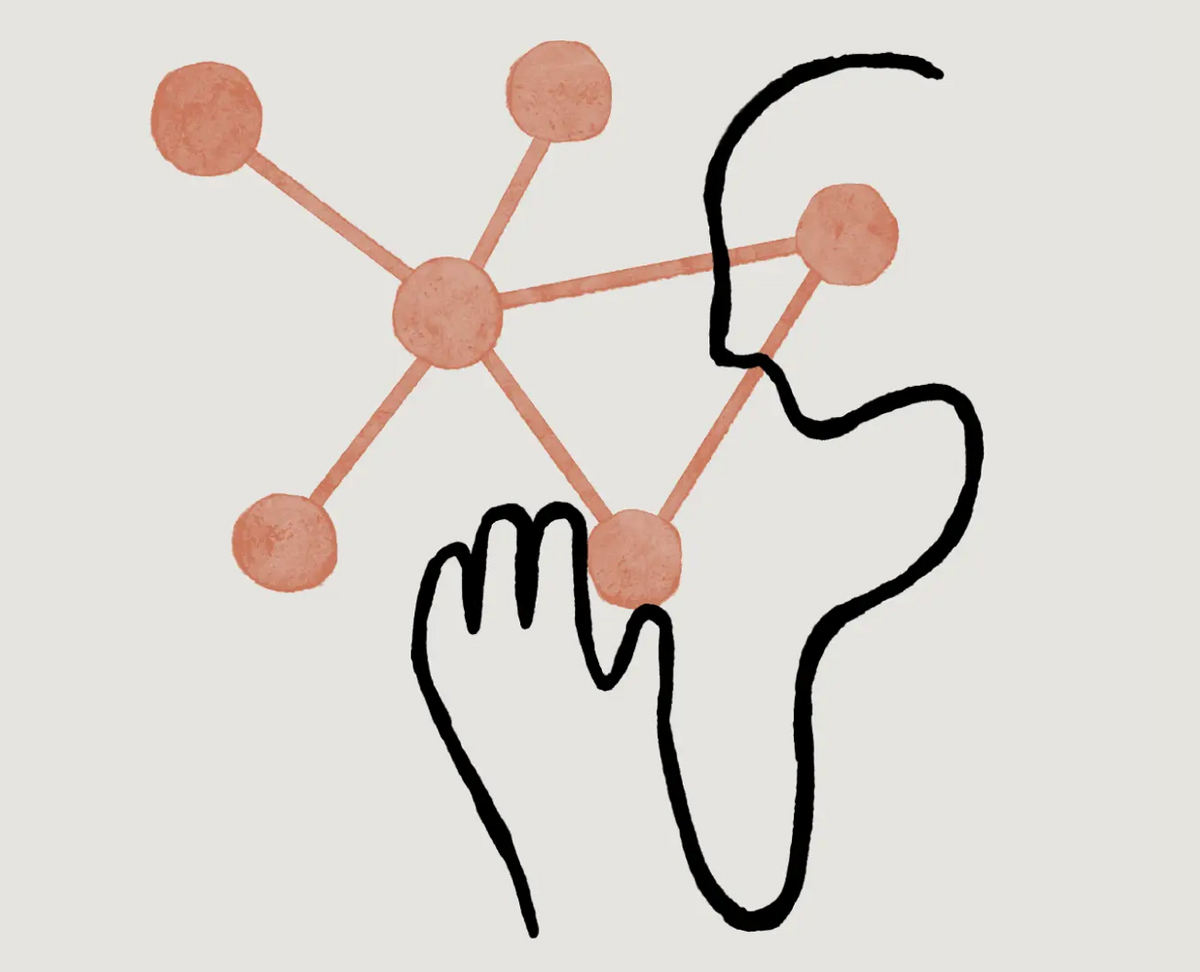Anthropic recently announced Claude's expanded context window of 100K tokens revolutionizes the ways in which businesses can utilize artificial intelligence to analyze, synthesize, and communicate vast amounts of information in a fraction of the time it takes humans, transforming industries and streamlining processes.

Expanding Claude's Context Window: The Benefits
Digest, Summarize and Explain Dense Documents
Who hasn't felt overwhelmed by lengthy financial statements or research papers? With Claude's new 100K token capacity, it can now digest, summarize, and explain these dense documents like a pro, without breaking a sweat. Imagine giving the entire text of The Great Gatsby to Claude-Instant and having it spot a difference within 22 seconds. Impressive, isn't it?
Analyze Strategic Risks and Opportunities
What if you could analyze a company's annual reports without spending days poring over the data? Claude's expanded context window allows it to assess strategic risks and opportunities, giving you a comprehensive understanding of a company's position in the market. No more sleepless nights trying to decipher financial jargon, as Claude does the heavy lifting for you!
Unlocking the Potential of 100K Context Windows
Assessing Pros and Cons of Legislation
Ever wondered how politicians and policy analysts make sense of complex legislative documents? Now, with Claude's ability to analyze vast amounts of text, it can provide a detailed assessment of the pros and cons of any piece of legislation. This revolutionary feature can help decision-makers weigh their options more effectively and make well-informed choices.
Identifying Risks, Themes, and Arguments in Legal Documents
Navigating the intricate world of legal documents can be a daunting task. But what if you had an AI-powered assistant that could quickly analyze and identify risks, themes, and different forms of argument within these documents? Claude's 100K context window allows it to do just that, revolutionizing the way legal professionals work and streamlining their processes.
Applying Claude's Capabilities to Technical Questions and Rapid Prototyping
Answering Technical Questions from Developer Documentation
If you've ever tried to find answers in hundreds of pages of developer documentation, you know it's like searching for a needle in a haystack. With Claude's expanded context window, it can now read through these documents and surface answers to your technical questions, saving you time and frustration.
Intelligently Modifying and Building on Codebases
In the ever-evolving world of technology, rapid prototyping is essential for businesses to stay ahead of the curve. Claude's ability to process entire codebases and intelligently build on or modify them can significantly speed up the prototyping process, giving your business a competitive edge.
With these new capabilities, Claude's 100K context window is transforming industries, streamlining processes, and unlocking the true potential of AI technology. It's time to embrace this powerful tool and revolutionize the way we work and learn.
Enhancing Business Processes with 100K Context Windows
Summarizing Long Audio Content
Did you ever wish you could get the gist of a lengthy podcast or an hours-long conference call without actually listening to the entire thing? AssemblyAI demonstrated the power of Claude's 100K context window by transcribing a long podcast into 58K words and using Claude for summarization and Q&A. Imagine the time saved and the increased productivity when employees can focus on key insights rather than sifting through hours of audio content.
Facilitating Decision-Making and Strategic Planning
In the business world, making informed decisions often requires analyzing vast amounts of data from multiple sources. With Claude's ability to synthesize knowledge across extensive texts, it can provide comprehensive insights and facilitate better decision-making and strategic planning. Say goodbye to endless meetings, and hello to efficient, AI-powered analysis.
Revolutionizing Education and Research with Claude's Expanded Context Window
Assisting in Academic Research and Writing
Academics and students alike spend countless hours reading, analyzing, and synthesizing information from various sources. Claude's 100K context window has the potential to revolutionize research by digesting and analyzing extensive materials in less than a minute, allowing scholars to focus on developing new ideas and insights. Imagine a world where you can submit hundreds of pages of research materials and have Claude generate a well-structured and coherent essay in no time.
Supporting Lifelong Learning and Personal Growth
The quest for knowledge and self-improvement doesn't stop at school or work. Claude's ability to process and analyze large amounts of text can support lifelong learning and personal growth by summarizing complex materials, providing answers to questions, and identifying key themes and ideas. With Claude by your side, the world becomes your classroom.
Comparing Claude's 100K Context Window to the Upcoming GPT-4 with 32K Tokens
As we marvel at the capabilities of Claude's 100K context window, the upcoming release of GPT-4 with 32K tokens is generating considerable anticipation. In this section, we'll compare these two powerful AI tools, examining their respective strengths and weaknesses and discussing their potential impact on various industries.
Context Window Size and Information Processing
The most apparent difference between Claude's 100K context window and GPT-4's 32K tokens is the amount of text each can process. With a context window of 100,000 tokens, Claude can analyze around 75,000 words, while GPT-4's 32,000 tokens correspond to approximately 24,000 words. The larger context window allows Claude to analyze significantly more extensive materials and provide a more comprehensive understanding of complex subjects. In comparison, GPT-4 may be better suited for tasks requiring more focused analysis and synthesis of information.
Applications in Business and Industry
Both Claude's 100K context window and the upcoming GPT-4 have the potential to revolutionize various industries. Claude's expanded context window excels at processing large volumes of data, making it particularly well-suited for analyzing extensive documents, such as annual reports, legal briefs, and research papers. GPT-4, with its 32K tokens, may be better suited for tasks that require less information processing, such as customer service, content generation, and social media management.
Education and Research
While Claude's 100K context window can efficiently process and analyze vast amounts of academic and research material, GPT-4's 32K tokens may be more appropriate for everyday educational tasks. With a smaller context window, GPT-4 could assist students and researchers in finding specific information, summarizing articles, and providing answers to questions on a smaller scale.
Speed and Performance
Although Claude's 100K context window boasts impressive capabilities, its larger size may lead to slower processing times compared to GPT-4's 32K tokens. Users seeking rapid analysis and response times may find GPT-4 to be a better fit for their needs. However, the trade-off between speed and the ability to process more extensive materials is a critical factor to consider when choosing between these AI tools.
Takeaway
As we've explored throughout this article, Claude's 100K context window presents a groundbreaking leap in artificial intelligence, with the potential to revolutionize industries such as business, education, research, and technology. By efficiently processing vast amounts of information and providing comprehensive insights, Claude enables users to make better-informed decisions, streamline processes, and focus on innovation and growth.
While the anticipation surrounding the upcoming release of GPT-4 with 32K tokens is palpable, it's crucial to recognize that both AI tools have unique advantages tailored to specific needs and tasks. The choice between Claude's 100K context window and GPT-4 will ultimately depend on the specific requirements of each user.
The emergence of a viable competitor to OpenAI's GPT-4 brings numerous advantages to the AI landscape. Competition fuels innovation, pushes the boundaries of technology, and benefits consumers and industries alike. Here are some key benefits of having a robust competitor to GPT-4:
- Innovation and Improved Performance: Competition drives companies to continually improve and refine their products, leading to more sophisticated and efficient AI technologies. As competitors strive to outperform each other, both GPT-4 and its rivals will see enhancements in their capabilities, ultimately benefiting users.
- Diversity of AI Solutions: A viable competitor to GPT-4 offers users a wider range of AI tools tailored to specific needs and applications. This diversity allows businesses, researchers, and individuals to choose the AI solution that best aligns with their objectives, rather than being limited to a single option.
- Pricing and Accessibility: Competition often leads to more competitive pricing and improved accessibility. With multiple players in the AI market, companies may offer more affordable options or varied pricing structures, making advanced AI technology accessible to a broader range of users.
- Reducing Dependence on a Single Platform: Relying on a single AI platform can pose risks, such as potential downtime, limited availability, or changes in policies. A viable competitor to GPT-4 helps mitigate these risks by providing users with alternative AI solutions, ensuring continuous access to cutting-edge technology.
- Encouraging Ethical AI Development: Competition can lead to a greater focus on ethical AI development, as companies strive to differentiate themselves and gain consumer trust. By emphasizing transparency, fairness, and privacy, AI developers can create tools that not only perform well but also adhere to ethical standards.
As AI technologies like Claude and GPT-4 continue to advance and reshape the way we work, learn, and interact, it becomes increasingly clear that we are on the cusp of a new era. By embracing these powerful tools, we can unlock unlimited potential for innovation, efficiency, and growth, paving the way for a brighter, more connected future.
References









